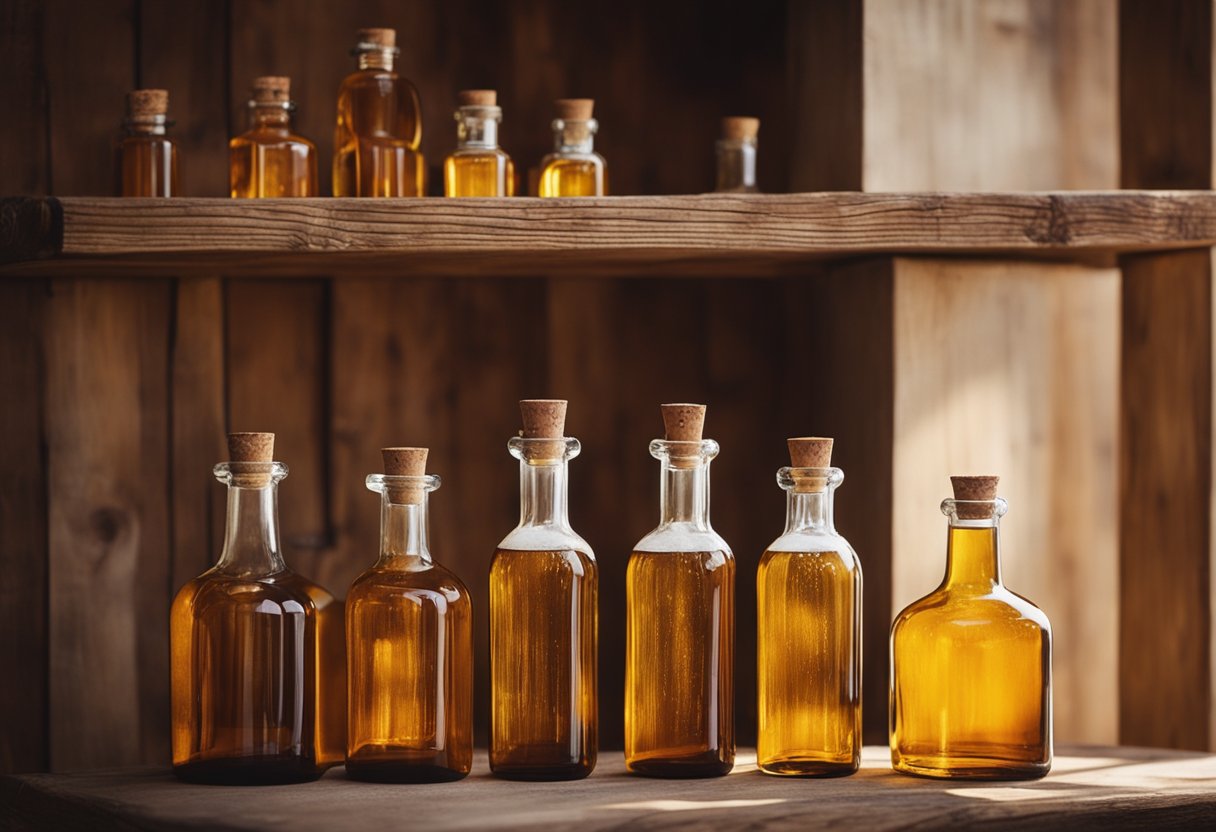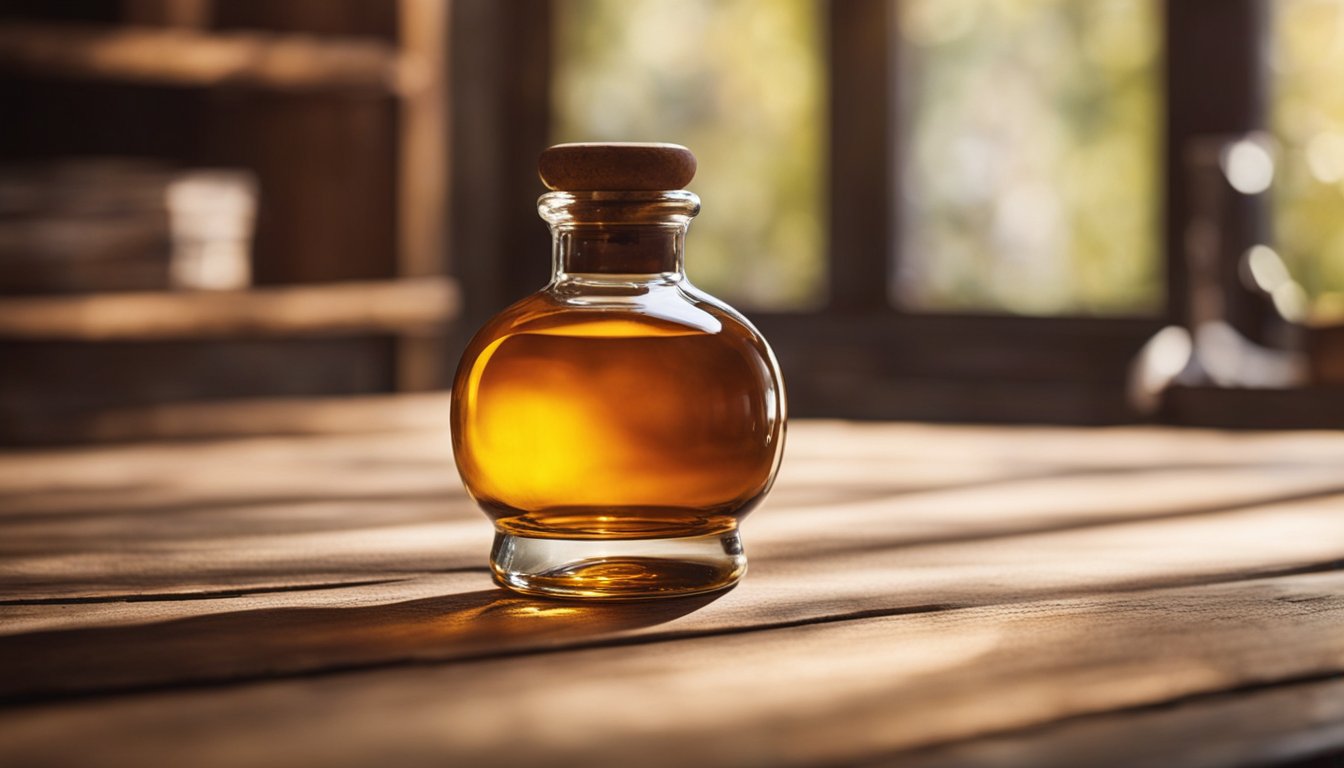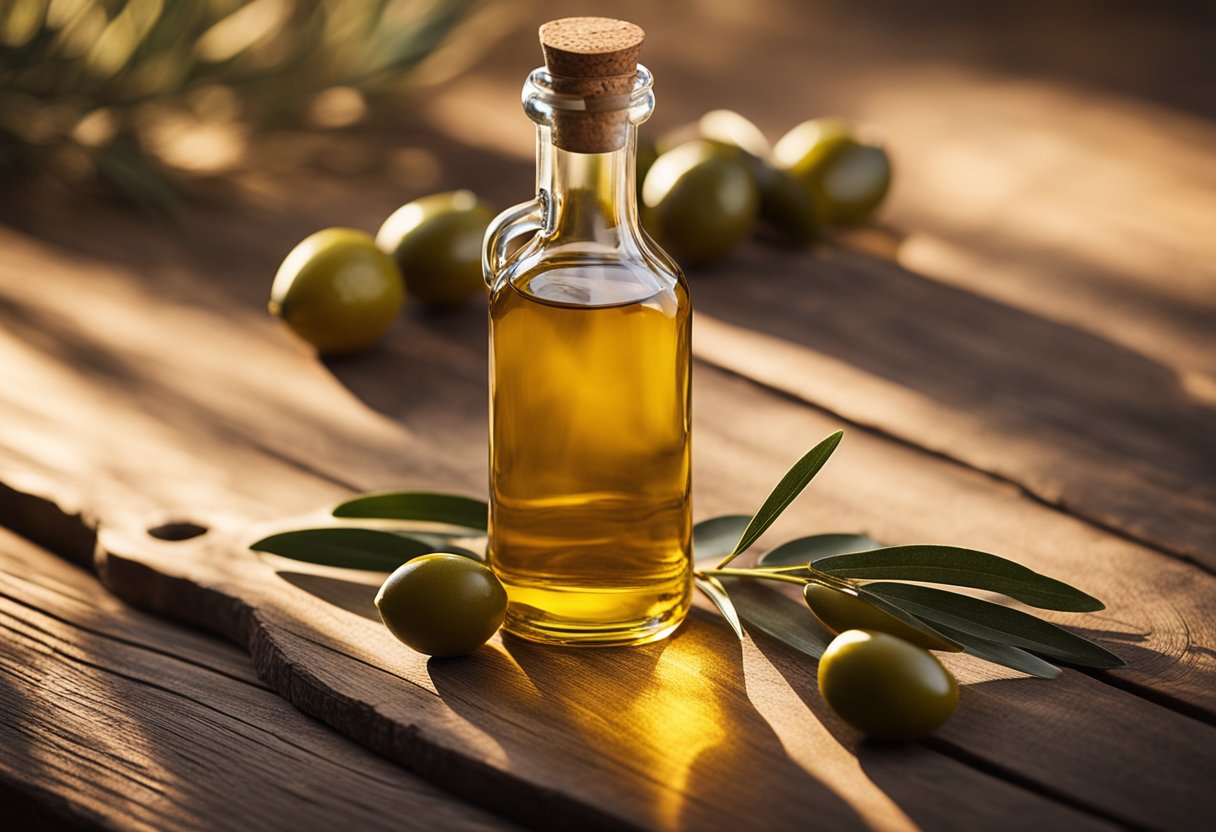If you’re looking for a way to store and transport your favorite beverages, a glass bottle might be just what you need. Beverage glass bottles are a popular choice for a variety of drinks, from water and juice to beer and wine. They offer a number of advantages over other types of containers, including durability, versatility, and aesthetics.

One of the most notable advantages of beverage glass bottles is their durability. Glass is a sturdy material that can withstand a lot of wear and tear, making it an ideal choice for items that will be used frequently. Additionally, glass bottles are non-reactive, which means they won’t leach harmful chemicals into your drinks over time. This makes them a safe and healthy choice for storing and transporting beverages.
Another advantage of beverage glass bottles is their versatility. They come in a wide range of shapes, sizes, and styles, so you can find one that fits your needs perfectly. For example, if you’re looking for a bottle to take to the gym or on a hike, you might choose a smaller, more lightweight option. On the other hand, if you’re looking for a bottle to use at home or for entertaining, you might opt for a larger, more decorative option. With so many choices available, you’re sure to find a beverage glass bottle that suits your needs and style.
History of Beverage Glass Bottles

Origins and Evolution
Glass bottles have been used for centuries to store and transport beverages. The first glass bottles were produced in Mesopotamia around 1500 B.C. and in the Roman Empire around 1 AD [1]. These early glass bottles were made by hand and were often very expensive. It was not until the 19th century that the process of mass-producing glass bottles was developed.
In the early 20th century, the automated bottle machine was invented by Michael Owens. This fundamentally transformed glass bottle production, marking a critical turning point in the industrialization of glass manufacturing [3]. Owens’ machine allowed for the production of uniform glass bottles at a much lower cost than ever before, making glass bottles more widely available to the public.
Impact on Beverage Preservation
One of the primary benefits of using glass bottles for beverages is their ability to preserve the quality and flavor of the drink. Glass bottles are impermeable to air and moisture, which can cause beverages to spoil or lose their quality over time. Glass bottles also protect the beverage from light, which can cause a chemical reaction that alters the taste and color of the drink.
Glass bottles are still widely used today for a variety of beverages, including soda, beer, wine, and spirits. In fact, glass bottles are often preferred over other types of packaging because they are environmentally friendly and can be recycled indefinitely without losing quality or purity [2].
Overall, the history of beverage glass bottles has been one of evolution and innovation. From handcrafted vessels to mass-produced containers, glass bottles have played a significant role in the preservation and distribution of beverages throughout history.
Manufacturing Process

When it comes to beverage glass bottles, the manufacturing process involves several steps that require careful attention to detail. Here are the three main aspects of the process:
Material Selection
The first step in the manufacturing process is selecting the right materials. Glass is the most common material used for beverage bottles due to its durability, transparency, and recyclability. The glass used for beverage bottles is a special type of glass called soda-lime glass. This glass is made from a mixture of sand, soda ash, and limestone. Other materials such as recycled glass or colorants can also be added to the mix to achieve desired properties or colors.
Glass Blowing Techniques
The next step in the process is the actual glass blowing. Glass blowing is a technique used to shape the molten glass into the desired shape. There are two main techniques used in glass blowing: press-and-blow molding and blow-and-blow molding. Both techniques involve blowing air into the molten glass to create a bubble that is then shaped into the final product. Press-and-blow molding is used for bottles with narrow necks, while blow-and-blow molding is used for bottles with wider necks.
Quality Control
The final step in the manufacturing process is quality control. Quality control is crucial to ensure that the final product meets the required specifications. The bottles are inspected for defects such as cracks, chips, and uneven thickness. The bottles are also tested for durability, resistance to pressure, and resistance to temperature changes. Any defective bottles are removed from the production line to ensure that only high-quality bottles are shipped to the customers.
In summary, the manufacturing process for beverage glass bottles involves material selection, glass blowing techniques, and quality control. Each step in the process is crucial to ensure that the final product meets the required specifications.
Design and Aesthetics

When it comes to glass beverage bottles, design and aesthetics play a crucial role in attracting customers and increasing sales. The design of the bottle should not only be visually appealing, but it should also reflect the brand image and message. In this section, we will discuss the different design elements that can be used to create an eye-catching and memorable glass beverage bottle.
Shape Variations
The shape of the bottle can greatly impact its visual appeal and practicality. There are several shape variations available for glass beverage bottles, each with their own unique advantages and disadvantages. Some of the most popular shape variations include:
- Round: Round bottles are the most common shape for glass beverage bottles. They are easy to hold, stack, and store. Round bottles are also easy to label and brand, making them a popular choice for many beverage companies.
- Square: Square bottles are known for their sleek and modern look. They are great for products that want to stand out on the shelf. Square bottles are also easy to stack, making them a practical choice for storage and transportation.
- Oval: Oval bottles are a unique shape that can help a product stand out on the shelf. They are also easy to hold and pour, making them a popular choice for products that are meant to be consumed on-the-go.
Labeling and Branding
Labeling and branding are essential elements of glass beverage bottle design. The label should not only be visually appealing, but it should also provide important information about the product. Some of the most important elements of labeling and branding include:
- Logo: The logo is the most important element of branding. It should be prominently displayed on the label and should be easily recognizable.
- Product Name: The product name should be easy to read and should accurately reflect the product.
- Ingredients: The ingredients should be clearly listed on the label, along with any allergen information.
- Nutrition Information: The nutrition information should be prominently displayed on the label, including the number of calories, sugar content, and other important information.
- Design Elements: The label should include design elements that reflect the brand image and message. This can include colors, fonts, and graphics.
The design and aesthetics of glass beverage bottles play a crucial role in attracting customers and increasing sales. By choosing the right shape variation and incorporating effective labeling and branding, you can create an eye-catching and memorable glass beverage bottle that will stand out on the shelf.
Environmental Impact
When it comes to choosing a beverage container, the environmental impact is an important factor to consider. Glass bottles are a popular choice due to their perceived eco-friendliness. However, it is important to understand the full extent of their environmental impact.
Recycling and Reuse
One of the benefits of glass bottles is their recyclability. According to a study, the average glass recycling rate in Europe is 76%, compared to 41% for plastic packaging. Glass bottles can be recycled endlessly without losing quality, making them a sustainable option.
However, the recycling process still has an environmental impact. Glass bottles are heavier than plastic bottles, which means they require more energy to transport. Additionally, the recycling process itself requires energy and resources.
Reusing glass bottles is another sustainable option. Refilling glass bottles reduces the need for new bottles to be manufactured, which in turn reduces the environmental impact of the manufacturing process. Some beverage companies have implemented refillable bottle programs to encourage reuse.
Sustainable Alternatives
While glass bottles are often perceived as a more eco-friendly option, they are not always the most sustainable choice. Glass bottles require more energy to manufacture than plastic bottles, which contributes to their higher carbon footprint. Additionally, glass bottles are heavier and more fragile, which means they require more energy to transport.
There are, however, sustainable alternatives to both glass and plastic bottles. For example, aluminum cans are lightweight and can be recycled endlessly. Additionally, some companies are experimenting with biodegradable and compostable packaging made from materials such as plant fibers.
When choosing a beverage container, it is important to consider the full extent of its environmental impact. While glass bottles are a popular choice, they are not always the most sustainable option. By choosing reusable and recyclable containers, and exploring alternative materials, you can make a positive impact on the environment.
Market Trends
Glass bottles have been a popular choice for packaging beverages for a long time. The market for glass bottles is expected to grow at a steady pace in the coming years. In this section, we will explore some of the latest trends in the beverage glass bottle market.
Consumer Preferences
Consumers are increasingly becoming health-conscious and environmentally aware. They are looking for products that are healthy, sustainable, and eco-friendly. As a result, there is a growing demand for glass bottles that are made from recycled glass and are free from harmful chemicals. Glass bottles are also preferred by consumers because they are reusable and can be recycled, which reduces waste and helps to protect the environment.
Innovations in Glass Bottling
Innovations in glass bottling are driving growth in the market. Manufacturers are introducing new glass bottles that are lighter, stronger, and more visually appealing. For instance, some manufacturers are using a special coating on the glass to make it more durable and resistant to breakage. Others are using innovative designs and shapes to make their glass bottles stand out on the shelves.
Additionally, some manufacturers are introducing smart glass bottles that can monitor the contents of the bottle. These bottles can track the temperature, pressure, and other parameters to ensure that the contents are stored in optimal conditions. This is particularly important for beverages that are sensitive to temperature and other environmental factors.
In conclusion, the beverage glass bottle market is expected to grow at a steady pace in the coming years. Consumers are looking for healthy, sustainable, and eco-friendly products, and manufacturers are introducing new innovations to meet these demands. The future of the beverage glass bottle market looks bright, and we can expect to see more exciting developments in the years to come.













